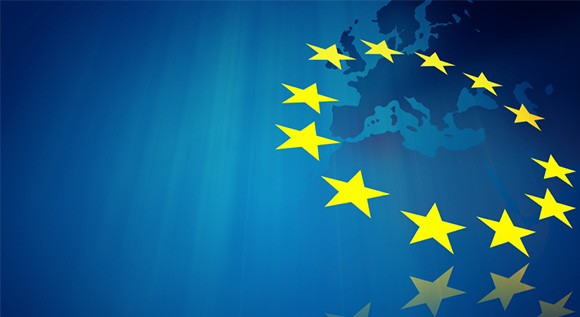Energising our neighbourhood
EU countries are advocating the ‘Energy Union’ as a way to harmonise national energy policies.
 © istockphoto/dem10
© istockphoto/dem10
When you’re baking sweet treats for Christmas and suddenly run out of flour, it’s good if you can depend on your neighbours to help you out. The same goes for Europe. In March, the 28 Member States of the European Union (EU) agreed to better support one another when it comes to the energy supply – the supply of electricity and gas to be more precise. This project on energy – the Energy Union – is the most ambitious one ever tabled by the EU. Now the Commission has taken stock for the first time.
A unified energy policy
So what does this ‘Energy Union’ that is to be set up entail? The Energy Union is the most important project launched by the European countries to ensure that they all pull in the same direction on energy policy. Today, there are 28 different national energy policy frameworks in place that are not as well coordinated as they might be. The Energy Union is to establish a single, unified energy policy.
The focus is on setting up a joint energy system where electricity, gas and oil can flow freely across national borders. Energy is to be secure and affordable for everybody. In order to use resources in the best way possible, the European Union will rely on a system for energy generation that is based on competition.
The Energy Union is very closely linked to Europe’s ambitious climate policy. By 2030, greenhouse gas emissions are to be cut by at least 40 per cent across Europe relative to 1990 levels. At least 27 per cent of Europe’s energy consumption is to be covered by renewables, and using energy is to be far more efficient than today.
Energy Union will benefit all Europeans
The ‘Energy Union’ will benefit EU citizens in particular. If the size of the market increases and if the market works more effectively, costs will fall. This means that consumers will see their oil and gas bills lowered, and will spend less on fuel. Making prices and costs more transparent, offering greater choice in products and services, and using smart measurement devices will also save people a lot of money.
Connecting national energy systems also improves security of supply. If, due to a bottleneck, there is not enough electricity or gas available in one place, a well developed cross-border energy infrastructure can help to transport energy to wherever it is needed. This comes in handy in times of high shares of renewable energy. The wind might be stronger in some countries than in others, and even though the sun may be shining in one place, this is not necessarily the case elsewhere. Thus, the Energy Union is a safeguard against blackouts and reduces Germany’s dependence on energy imports.
Germany leads the way on expanding electricity generation from renewable sources and raising energy efficiency
In November, the European Commission published its Report on the State of the Energy Union. It is based on an analysis of the situation in the individual Member States and provides recommendations on the areas where countries need to step up their efforts.
Germany, for example, needs to accelerate the building of so-called ‘interconnectors’ – the cross-border interconnection points for transmission lines. But Germany also received praise for its efforts in researching and developing new technologies, in particular those used in the area of renewables and energy efficiency.
Germany has made great strides in both areas. The share of renewables in electricity consumption has increased more than fivefold since 2000, rising from six percent in 2000 to more than 32 per cent in the first half of 2015. The target is to reach 45 per cent in 2025. On 18 November 2015, the Cabinet adopted the new 'Energy Efficiency Strategy for Buildings', a roadmap for bringing down carbon emissions in the buildings sector to almost zero, reducing fossil energy consumption by 80 per cent compared to 2008.
This is the national strategy for Germany. But the report by the European Commission lays out further obligations. Every EU Member State is to develop an energy and climate plan for the period between 2021 and 2030 stating how much it plans to contribute to the EU’s energy and climate targets mentioned above. Every two years, Member States are required to report on their progress. This monitoring process is important in order to ensure that the EU can meet its energy and climate targets.
State Secretary Baake said: “It is crucial that the plans on energy and climate policy presented by the Member States are uniform and comparable. This is the only way that we can improve the coordination of national policies and ensure that the EU, the Member States and investors can plan ahead. For four years now, Germany has been publishing a monitoring report on the Energiewende. This has really proven worthwhile. The report shows us where we stand and provides us with the data we need to enhance the system and meet our targets as planned. I am convinced that the EU, too, will benefit from a monitoring process that is transparent.”
In order to make further progress on the Energy Union, the Commission is to publish annual reports.

